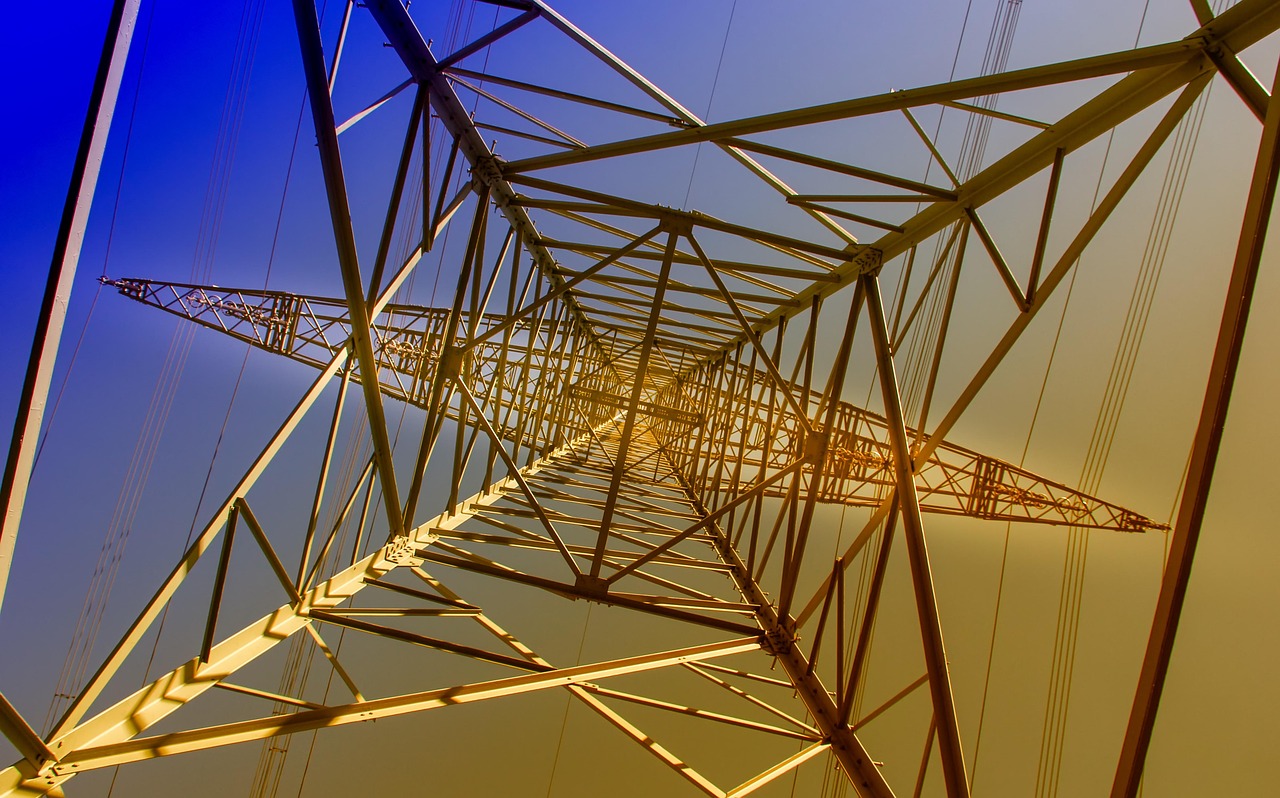Know Your Fitness Level
Let’s not sugarcoat it lying to yourself about your fitness level won’t get you to the summit any faster. If your cardio hasn’t seen action in a year or your idea of a workout is walking from the couch to the fridge, that’s okay. Just don’t pretend you’re ready for switchbacks and steep grades on day one. Hiking is supposed to challenge you not flatten you.
Stick to beginner trails under 5 miles with little to no elevation gain. Think more nature stroll, less death march. There’s no shame in starting easy. The goal is to enjoy the outdoors, not to crawl back to the parking lot on shaky legs.
Use apps like AllTrails, Gaia GPS, or your local park’s website to search by difficulty. Look for clear categories like “easy” or “beginner friendly” and start there. Your pride will survive. Your knees will thank you.
Terrain, Weather, and Altitude
Your first hike shouldn’t feel like a survival test. Keep it breathable literally. High altitude hikes might look stunning on Instagram, but they’re no place to learn the basics. Less oxygen means your body works harder, fatigue hits quicker, and altitude sickness becomes a real risk. Start low, gain confidence, then work your way up.
Next, lock in your timing. Weather isn’t just a background detail; it dictates everything. Check local forecasts for the exact area, not just the city nearby. A sunny forecast at sea level can mean a snowstorm higher up. Watch out for monsoon seasons, blazing summer heat, or late spring trails that are still half frozen.
Bottom line: pick a hike where the terrain and forecast don’t fight you. Easier miles, stable skies, and breathable air make for a better first win.
Accessibility and Logistics
When you’re picking your first hiking destination, convenience and simplicity can make or break the experience. Focus on trails that are easy to access and don’t require a full day of driving before you even lace up your boots.
Stay Local to Start
Pick a nearby trail. Save the epic road trip hikes for later. Choose something close to home or where you’re staying less time traveling means more time enjoying the trail.
Minimize travel stress. For your first hike, convenience = confidence.
Look for Well Marked Trails with Amenities
Popular trailheads are ideal. Trails with clear signage, marked paths, and online reviews can help set you up for success.
Check for facilities. Bonus points if there’s on site parking, restrooms, or visitor centers.
Plan for Daylight
Know your start and end times. Check how long the hike is expected to take and plan to finish well before sunset.
Avoid hiking in the dark. Even familiar trails become risky with low light. Daylight keeps navigation easier and surroundings safer.
Starting with a simple, accessible hike lets you focus on enjoying nature not logistics. Save the intense planning for future adventures. For now, keep it easy, visible, and close to home.
Safety First
Let’s be blunt: technology fails. Your phone dies, the app glitches, or you’re suddenly in a valley with zero bars. That’s why, even in the era of GPS and real time tracking, a good old fashioned paper map matters. Bring one, and know how to read it or at least try. It’s peace of mind in case your digital tools go dark.
If you’re using trail apps (honestly, you should be), download the entire route beforehand. Don’t trust streaming it while you walk. Weak signal plus poor planning equals getting turned around fast. Offline maps are a simple fix.
And this part isn’t optional: tell someone your plan. Text a friend where you’ll be and when you expect to be back. It’s the simplest safety net and the one most people forget. When things go south, someone knowing your location can make all the difference.
Go Where There’s Support

When you’re just starting out, don’t wander off into the backcountry. National parks, state parks, and local recreation areas make ideal first hiking spots for a reason. They’re structured, maintained, and made for visitors who might not have everything dialed in yet.
You’ll find clear trail markers, visitor centers, and maybe most important rangers who actually want to help if something goes wrong. Emergency access is usually quicker here, and there’s a good chance cell service holds up for at least part of the trail.
Also, having other hikers around isn’t a bad thing. On a well used trail, you’re never completely alone if your ankle twists or your phone battery dies. It’s the kind of backup you want until your confidence and skills catch up.
Respect the Outdoors
There’s no shortcut here: what you pack in, you pack out. That granola bar wrapper, half used tissue, or empty water bottle doesn’t vanish into the dirt. It sticks around, and it ruins the experience for the next person and harms wildlife. Bring a bag, keep it in your pack, and treat garbage like your own responsibility because it is.
Also, stay on the marked trail. Even that tiny shortcut through the bushes adds up when enough boots go off track. Trails exist for a reason they protect the land around them. Straying off can damage delicate ecosystems that take years to repair.
New to this mindset? Start at the source: Brush up on the basics: Leave No Trace Principles for Outdoor Newcomers. It’s not about rules it’s about respect.
Crowd vs. Solitude
Choosing your first hiking destination means balancing comfort with your personal preferences especially when it comes to how many people you want to share the trail with.
Why Crowds Aren’t Always a Bad Thing
For new or solo hikers, popular trails come with unexpected perks:
Built in safety: More people around means extra help is nearby if something goes wrong.
Clearer trails: Heavily trafficked paths are usually well maintained and easier to follow.
Increased facilities: Popular routes are more likely to offer things like restrooms, signage, and ranger presence.
If you’re feeling unsure about your first hike, don’t shy away from company crowds can be a form of security.
Seeking Solitude? Know the Trade Offs
If the quiet of nature is what you’re after, you can still find it but it takes extra planning:
Go early or on weekdays: Beat the crowds and get a more peaceful experience.
Research the trail traffic: Some well known trails are surprisingly quiet during off peak hours.
Know your limits: Less foot traffic also means fewer people around if issues arise. Be confident in your navigation and prep skills before you go solo.
Bottom Line:
Whether you go for a bustling trail or a backcountry corner, choose based on your comfort level. Confidence builds with experience, so ease your way into more remote hikes over time.
Final Checklist Before You Go
This part isn’t optional. You don’t need high end gear or a military grade pack, but you do need the basics. Wear sturdy footwear no, your old running shoes don’t count if the trail’s rocky or steep. Bring plenty of water, a few calorie dense snacks, and a small first aid kit with bandages, antiseptic, and blister care. You probably won’t need it, but if you do, you’ll be glad it’s there.
Before you leave, download the trail map and the latest weather forecast. Cell service is unreliable in a lot of hiking spots don’t depend on live maps. Offline access is your safety net.
And finally, tell someone where you’re going and when you expect to be back. Text your plans to a friend. Leave a note. Doesn’t matter how it just matters that someone knows your ETA. That small step can make all the difference if something goes sideways.
Choosing the right first destination in 2026 is all about balance: challenge meets comfort, nature meets safety. Take it one step at a time.
